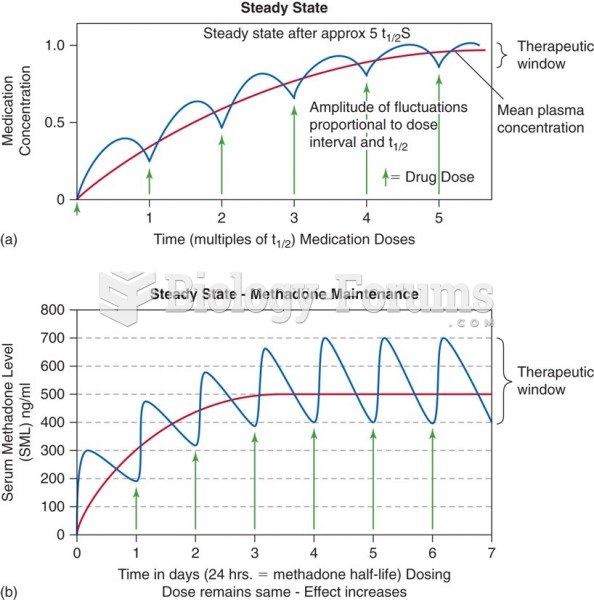|
|
|
Did you know?
Cyanide works by making the human body unable to use oxygen.
Did you know?
Limit intake of red meat and dairy products made with whole milk. Choose skim milk, low-fat or fat-free dairy products. Limit fried food. Use healthy oils when cooking.
Did you know?
People about to have surgery must tell their health care providers about all supplements they take.
Did you know?
If you could remove all of your skin, it would weigh up to 5 pounds.
Did you know?
For pediatric patients, intravenous fluids are the most commonly cited products involved in medication errors that are reported to the USP.







